技术
- 传感器 - 流量计
- 传感器 - 电表
适用行业
- 农业
- 可再生能源
适用功能
- 维护
- 产品研发
用例
- 农场监控与精准农业
- 时间敏感网络
服务
- 系统集成
关于客户
Deepwater Wind 是一家位于罗德岛州普罗维登斯的领先海上风电开发商,承担了耗资 2.9 亿美元的布洛克岛风电场项目,为居民提供更便宜的电力。作为美国第一个商业风电场,该项目旨在展示海上风电作为美国沿海城市替代能源的可行性。布洛克岛风电场距离美国大陆 15 英里,距离布洛克岛海岸 3 英里。该海上风电场预计将为布洛克岛居民降低 40% 的能源成本,并减少目前使用的柴油发电产生的二氧化碳和其他有害排放。
挑战
Keystone Engineering 的任务是为价值 2.9 亿美元的布洛克岛风电场的五台 6 兆瓦风力涡轮发电机设计导管架式下部结构。面临的挑战是优化设计以降低风险、最小化钢材重量并降低制造和安装成本。该设计需要考虑复杂的空气动力和水动力载荷,包括极端载荷情况,例如涡轮机控制故障和飓风级大风。该团队必须计算负载、对疲劳性能进行建模,并对平台进行设计,使其能够在 20 年的设计寿命内承受各种负载组合。该项目旨在展示海上风电作为美国沿海城市替代能源的可行性。
解决方案
Keystone 使用 Bentley Systems 的 OpenWindPower 软件简化与发电机设计师 (Alstom) 的沟通,并对深水平台复杂的空气动力和水动力载荷曲线进行建模。该软件使设计团队能够为多个设计迭代创建同步模拟,并通过优化子结构的重量和强度设计来帮助降低安装成本。该团队采用了石油和天然气行业通常使用的钢导管架基础设计。 OpenWindPower 使 Keystone 能够设计导管架下部结构的复合结构和复杂的节点几何形状,为仅限于位于较浅水深的海上风电场的典型单桩混凝土基础提供了替代方案。该软件还促进了与风力涡轮机设计人员的有效协作,确保精确建模,从而在整个项目中产生创新的设计解决方案。
运营影响
数量效益

Case Study missing?
Start adding your own!
Register with your work email and create a new case study profile for your business.
相关案例.
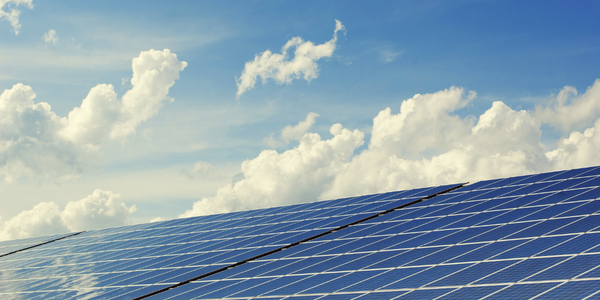
Case Study
Remote Monitoring & Predictive Maintenance App for a Solar Energy System
The maintenance & tracking of various modules was an overhead for the customer due to the huge labor costs involved. Being an advanced solar solutions provider, they wanted to ensure early detection of issues and provide the best-in-class customer experience. Hence they wanted to automate the whole process.
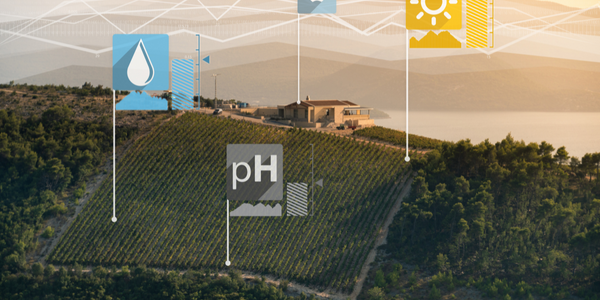
Case Study
Intelligent Farming with ThingWorx Analytics
Z Farms was facing three challenges: costly irrigation systems with water as a limited resource, narrow optimal ranges of soil moisture for growth with difficult maintenance and farm operators could not simply turn on irrigation systems like a faucet.
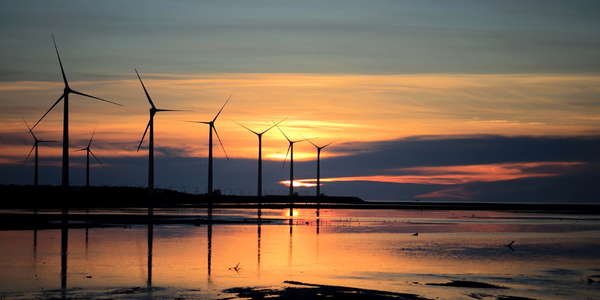
Case Study
Vestas: Turning Climate into Capital with Big Data
Making wind a reliable source of energy depends greatly on the placement of the wind turbines used to produce electricity. Turbulence is a significant factor as it strains turbine components, making them more likely to fail. Vestas wanted to pinpoint the optimal location for wind turbines to maximize power generation and reduce energy costs.
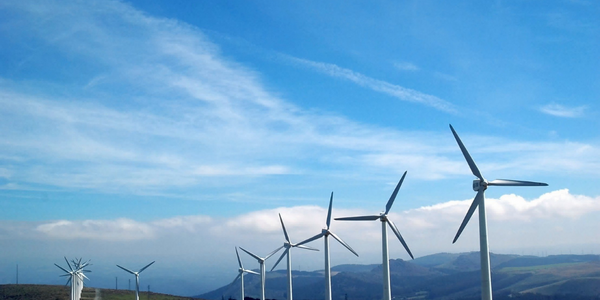
Case Study
Siemens Wind Power
Wind provides clean, renewable energy. The core concept is simple: wind turbines spin blades to generate power. However, today's systems are anything but simple. Modern wind turbines have blades that sweep a 120 meter circle, cost more than 1 million dollars and generate multiple megawatts of power. Each turbine may include up to 1,000 sensors and actuators – integrating strain gages, bearing monitors and power conditioning technology. The turbine can control blade speed and power generation by altering the blade pitch and power extraction. Controlling the turbine is a sophisticated job requiring many cooperating processors closing high-speed loops and implementing intelligent monitoring and optimization algorithms. But the real challenge is integrating these turbines so that they work together. A wind farm may include hundreds of turbines. They are often installed in difficult-to-access locations at sea. The farm must implement a fundamentally and truly distributed control system. Like all power systems, the goal of the farm is to match generation to load. A farm with hundreds of turbines must optimize that load by balancing the loading and generation across a wide geography. Wind, of course, is dynamic. Almost every picture of a wind farm shows a calm sea and a setting sun. But things get challenging when a storm goes through the wind farm. In a storm, the control system must decide how to take energy out of gusts to generate constant power. It must intelligently balance load across many turbines. And a critical consideration is the loading and potential damage to a half-billion-dollar installed asset. This is no environment for a slow or undependable control system. Reliability and performance are crucial.
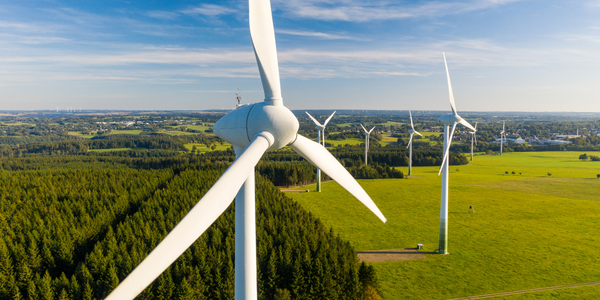
Case Study
Remote Monitoring and Control for a Windmill Generator
As concerns over global warming continue to grow, green technologies are becoming increasingly popular. Wind turbine companies provide an excellent alternative to burning fossil fuels by harnessing kinetic energy from the wind and converting it into electricity. A typical wind farm may include over 80 wind turbines so efficient and reliable networks to manage and control these installations are imperative. Each wind turbine includes a generator and a variety of serial components such as a water cooler, high voltage transformer, ultrasonic wind sensors, yaw gear, blade bearing, pitch cylinder, and hub controller. All of these components are controlled by a PLC and communicate with the ground host. Due to the total integration of these devices into an Ethernet network, one of our customers in the wind turbine industry needed a serial-to-Ethernet solution that can operate reliably for years without interruption.








